My Favourite Painting: George Plumptre
The chief executive of the NGS — and a regular contributor to Country Life — chooses a family portrait which hangs in his family home.
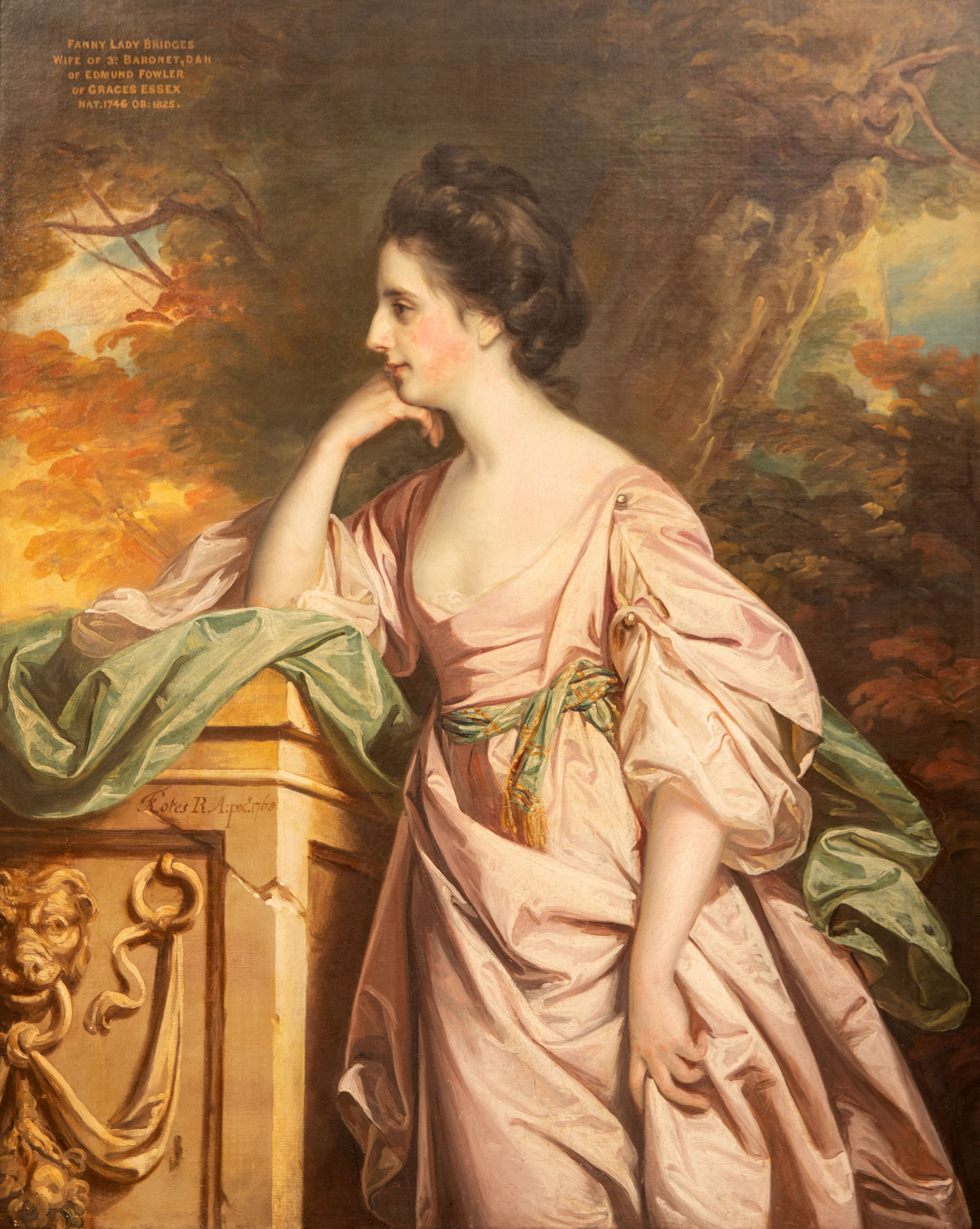

George Plumptre on Frances, Lady Bridges by Frances Cotes
'I think favouritism needs familiarity and, all my life, I have loved this portrait of my ancestor, Fanny, as it hangs in the drawing room of my family home in Kent.
'I enjoy so many things about it: the composition, her elegant pose, the glow in her cheek, the gorgeous fabric of her dress. Fanny was a glamorous asset: she brought the ancient FitzWalter barony to our family.
'Her husband, Sir Brook Bridges, was a great patron of the Arts and they had 13 children. One, Elizabeth, married Jane Austen’s brother Edward. Another, Sophia, married William Deedes, a direct ancestor of my mother, born Margaret Deedes.'
George Plumptre is chief executive of the National Garden Scheme.
John McEwen comments on Frances, Lady Bridges
Francis Cotes was the son of a London apothecary and trained under the portraitist George Knapton (1698–1778), who had visited Italy and was an Old Masters expert. His first studio was in his father’s Cork Street premises, where he drew portraits in pastel, making his own chalk sticks with the bene-fit of his father’s chemical knowledge. It was when he switched to oil painting that his career blossomed, financially aided by successfully marketing his portraits as prints to reach a wider audience.
From 1746, Cotes also used a specialist ‘drapery painter’, Peter Toms, to paint the sitter’s clothes, a common practice. He was soon vying for commissions with his contemporaries Joshua Reynolds and Thomas Gainsborough.
Frances, Lady Bridges, born Fowler (1746–1825), was heiress to the FitzWalter barony by writ, but the claim was in abeyance during her lifetime. Her husband, Sir Brook Bridges, 3rd Bt, of Goodnestone Park (one of only three Kent gardens in the current national The Good Gardens Guide) was an embodiment of the cultivated 18th-century landowner, his taste refined by the Grand Tour to Italy as the culmination of a Classical education.
Flawless skin and a porcelain complexion were hallmarks of a lady. Pink was fashionable for effect, here accompanied by sash and stole in matching silk of palest green, like leaves to a rose.
The Italianate plinth salutes Classicism, its cracked stone adding to the sweet air of melancholy, further suggested by the turning tree and evening light. The inscription is a later addition.
Reynolds founded the Royal Academy the same year that this portrait was painted, with Cotes among 33 founder members. Two years later, Cotes died, poisoned by a gallstone remedy.
Sign up for the Country Life Newsletter
Exquisite houses, the beauty of Nature, and how to get the most from your life, straight to your inbox.
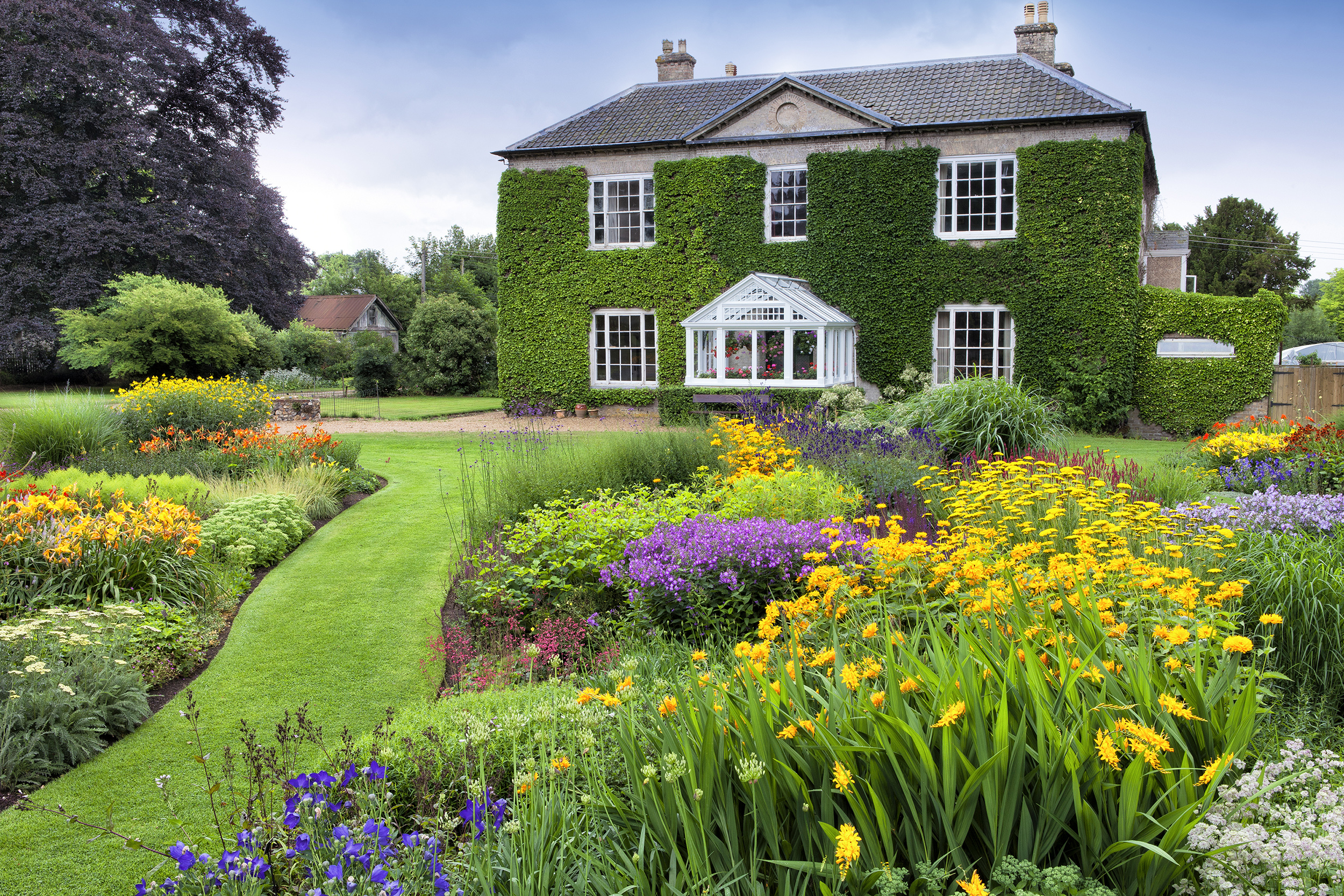
The Dell Garden: A Renaissance paradise in Norfolk
George Plumptre explores the legacy of the great nurseryman Alan Bloom, via his remarkable Norfolk garden.
Little Mynthurst Farm: A rare mid-20th-century garden designed by Russell Page
George Plumptre enjoys the grounds of a Tudor farmhouse that was the former home of Lord Baden-Powell. Photographs by Clive
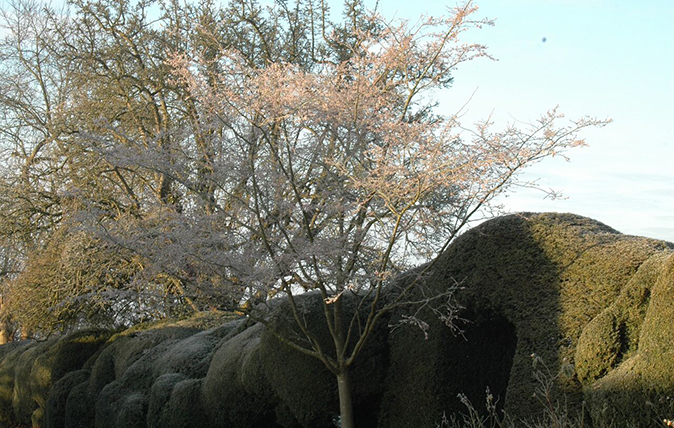
Knowle Hill Farm, Kent: The hilltop garden to enjoy winter and early-spring flowers
A windy hilltop was no deterrent to the owners in creating a garden with a special focus on winter and
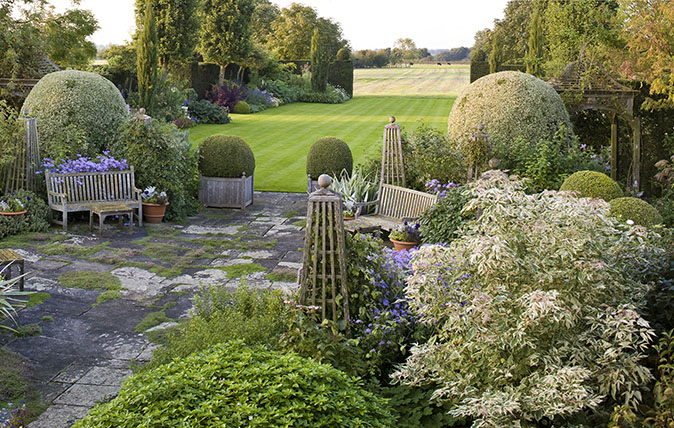
Rofford Manor: A derelict house and garden transformed into a harmonious haven
George Plumptre is won over by a sympathetic and highly individual design that gradually reveals its string of secrets.
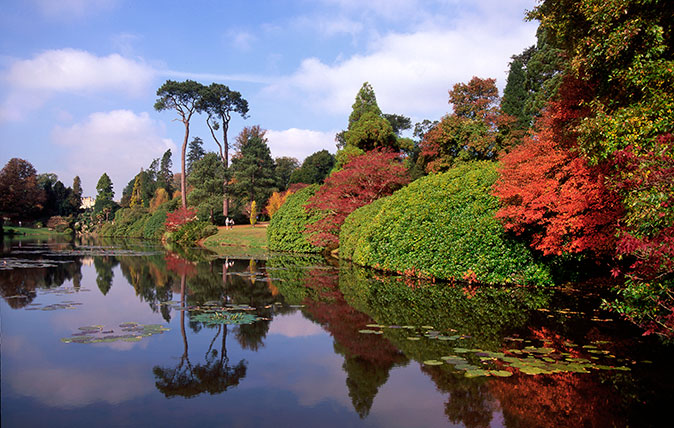
Credit: Getty - Sheffield Park - a Capability Brown landscape
The last word on Capability Brown – but one which comes with a health warning
This book on Lancelot 'Capability' Brown by the greatest living expert on his work is like nothing else – but it
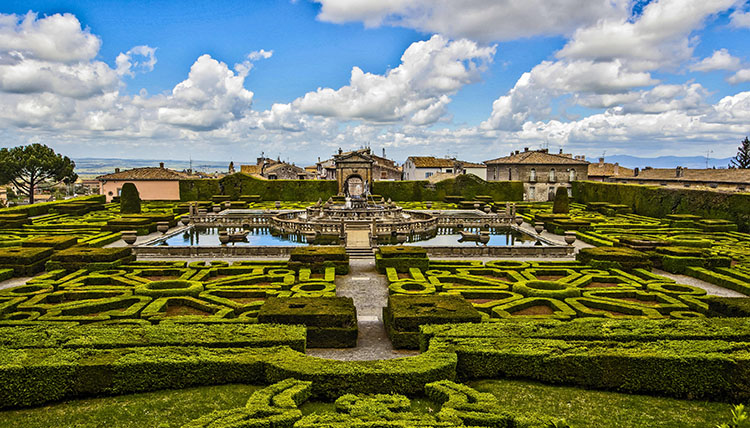
A pilgrimage to the garden at Villa Lante, an incomparable flower of the Italian Renaissance
After 40 years, George Plumptre finally realises his dream and sees for himself Vignola’s masterpiece: the garden at Villa Lante.
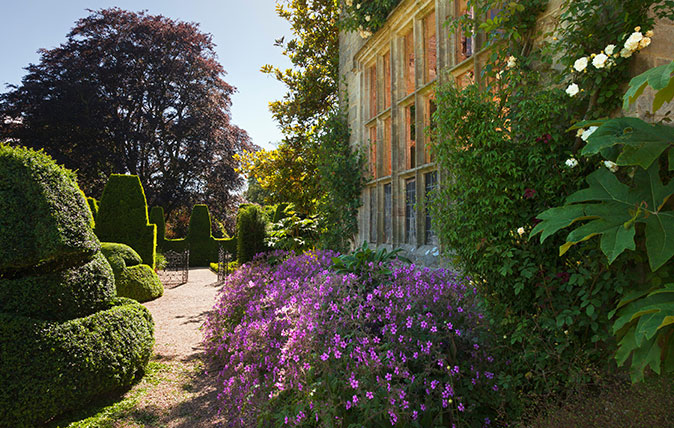
Credit: LOOK Die Bildagentur der Fotografen GmbH / Alamy Stock Photo
Nymans Garden: The West Sussex gem that's been at the cutting edge for over 120 years
Nymans Garden in West Sussex is one of Britain's great horticultural wonders, and with its relatively-new head gardener – only
Country Life is unlike any other magazine: the only glossy weekly on the newsstand and the only magazine that has been guest-edited by HRH The King not once, but twice. It is a celebration of modern rural life and all its diverse joys and pleasures — that was first published in Queen Victoria's Diamond Jubilee year. Our eclectic mixture of witty and informative content — from the most up-to-date property news and commentary and a coveted glimpse inside some of the UK's best houses and gardens, to gardening, the arts and interior design, written by experts in their field — still cannot be found in print or online, anywhere else.
-
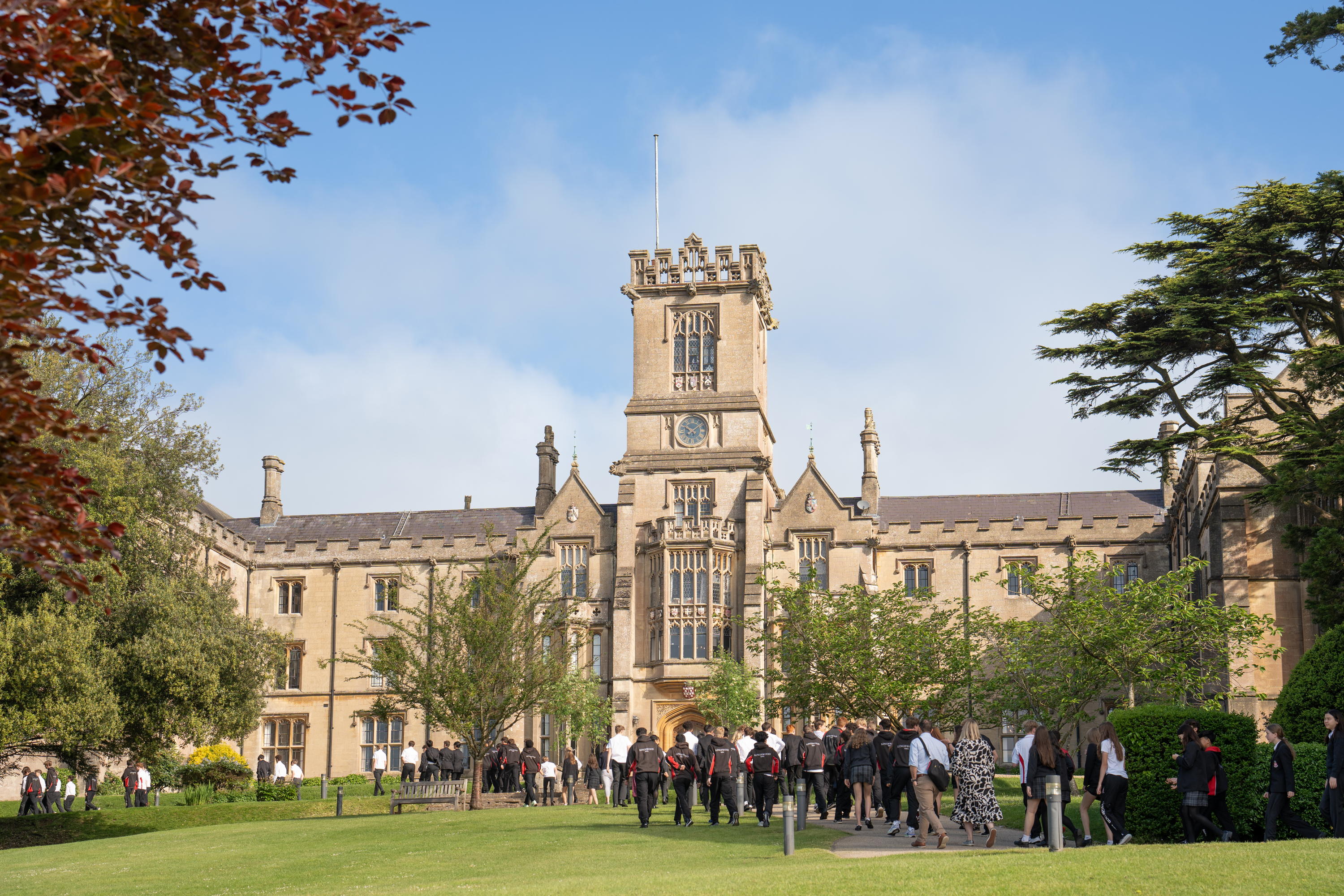 Kingswood School
Kingswood SchoolKingswood School is an independent, co-educational school in Bath where intellectual rigour, creativity, and compassion thrive.
By Country Life
-
 Vintage tractors and memories of summers past, with Oliver Godfrey
Vintage tractors and memories of summers past, with Oliver GodfreyOliver Godfrey, head of machinery at Cheffins, joins the Country Life podcast to talk about the joys of vintage tractors
By James Fisher
-
 'As a child I wanted to snuggle up with the dogs and be part of it': Alexia Robinson chooses her favourite painting
'As a child I wanted to snuggle up with the dogs and be part of it': Alexia Robinson chooses her favourite paintingAlexia Robinson, founder of Love British Food, chooses an Edwin Landseer classic.
By Charlotte Mullins
-
 The Pre-Raphaelite painter who swapped 'willowy, nubile women' for stained glass — and created some of the best examples in Britain
The Pre-Raphaelite painter who swapped 'willowy, nubile women' for stained glass — and created some of the best examples in BritainThe painter Edward Burne-Jones turned from paint to glass for much of his career. James Hughes, director of the Victorian Society, chooses a glass masterpiece by Burne-Jones as his favourite 'painting'.
By Charlotte Mullins
-
 'I can’t look away. I’m captivated': The painter who takes years over each portrait, with the only guarantee being that it won't look like the subject
'I can’t look away. I’m captivated': The painter who takes years over each portrait, with the only guarantee being that it won't look like the subjectFor Country Life's My Favourite Painting slot, the writer Emily Howes chooses a work by a daring and challenging artist: Frank Auerbach.
By Toby Keel
-
 My Favourite Painting: Rob Houchen
My Favourite Painting: Rob HouchenThe actor Rob Houchen chooses a bold and challenging Egon Schiele work.
By Charlotte Mullins
-
 My Favourite Painting: Jeremy Clarkson
My Favourite Painting: Jeremy Clarkson'That's why this is my favourite painting. Because it invites you to imagine'
By Charlotte Mullins
-
 The chair of the National Gallery names his favourite from among the 2,300 masterpieces — and it will come as a bit of a shock
The chair of the National Gallery names his favourite from among the 2,300 masterpieces — and it will come as a bit of a shockAs the National Gallery turns 200, the chair of its board of trustees, John Booth, chooses his favourite painting.
By Toby Keel
-
 'A wonderful reminder of what the countryside could and should be': The 200-year-old watercolour of a world fast disappearing
'A wonderful reminder of what the countryside could and should be': The 200-year-old watercolour of a world fast disappearingChristopher Price of the Rare Breed Survival Trust on the bucolic beauty of The Magic Apple Tree by Samuel Palmer, which he nominates as his favourite painting.
By Charlotte Mullins
-
 My favourite painting: Andrew Graham-Dixon
My favourite painting: Andrew Graham-Dixon'Lesson Number One: it’s the pictures that baffle and tantalise you that stay in the mind forever .'
By Country Life